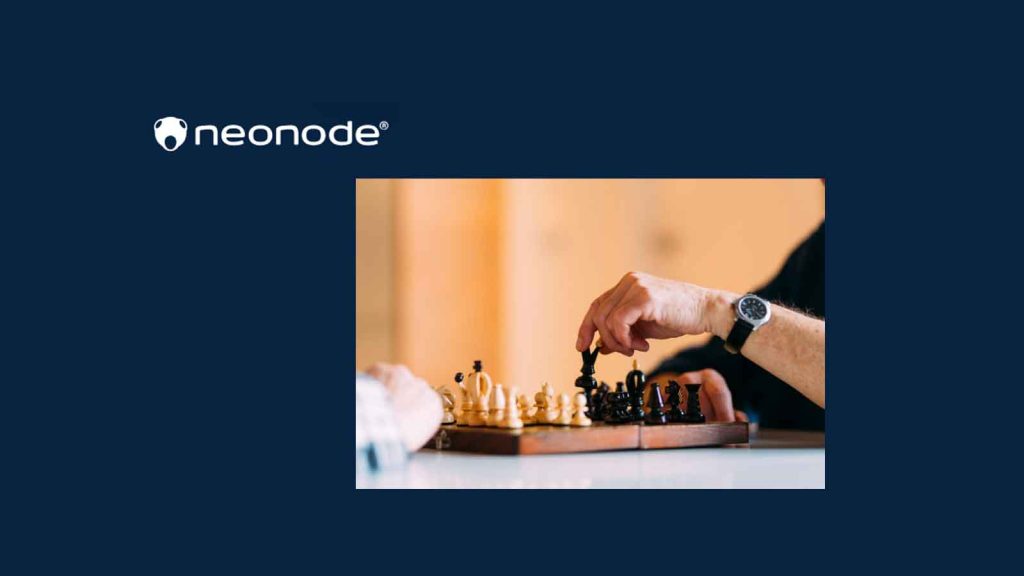Competitive intelligence has become not just one of the best premises for business decision-making but also an important business activity to sustain and expand. Competitive intelligence procedures that are fragmented and ad hoc are no longer sufficient. Competitive intelligence platforms can automatically acquire and analyze critical information about your business rivals thereby giving your brand an upper hand.
Read More: SalesTechStar Interview With Catherine Blackmore, GVP of Customer Success & Renewals at Oracle
Best Practices for Competitive Intelligence
1. Being Within Legal Limits –
This may seem self-evident, yet a word like competitive intelligence can be misconstrued. You must keep inside legal bounds when undertaking competitive intelligence work. Illicit methods to get information, such as hacking or phone tapping, is considered bad for business. If you’re unsure about a competitive intelligence strategy, go with caution and talk to your legal team. If you don’t have an internal employee, contact a corporation lawyer for advice on the best course of action.
2. Sharing Insights –
Sharing insights is one of the best practices for competitive intelligence. According to one research, companies that exchanged competition data at least once a week were twice as likely to see revenue growth as those that shared it less frequently. Sharing ideas should be done often and regularly with this in mind. Competitive intelligence is a long-term strategy, not a one-shot deal. You have to look out for the competition as long as your business develops. One of the most common concerns among salespeople is that they don’t have the proper information when they need it. You must establish and maintain an open hub for communication between individuals and teams. Clear, transparent communication is essential for building agile sales and marketing teams. Creating a mechanism for sorting insights and sending regular update alerts can help your team eliminate friction and develop a habit of absorbing and sharing information.
3. Competitive Habits –
Competitive intelligence is not something you get once and then forget about. It is a continuous activity. Make sure you have a mechanism in place to track and evaluate the importance of that data. It’s just as vital to create better behavior to avoid harmful ones. Consider the exchange of competitive intelligence. If you start sharing every new piece of information with little to no context to keep everyone up to date, there’s a chance that salespeople will dismiss it as noise and overlook it.
3. Feedback –
The link between advertising, sales, and consumer experience has always been thorny. They do, nevertheless, share a single aim, which is to provide customer value and increase corporate income, unlike other business departments. Coordination between your company’s various teams is essential. There’s no way to avoid it. Open, honest communication and feedback loops are two of your most powerful weapons in this struggle. Alignment both creates and fuels feedback loops. Better alignment will result in better feedback loops, which will result in better alignment for competitive intelligence. The way you share competitive knowledge and offer feedback is one method to generate these feedback mechanisms.
Read More: Streamline Contract Negotiations To Increase Conversion Rates And Client Engagement
Tools For Competitive Intelligence
1. G2 Crowd –
G2 crowd is one of the best tools for deriving competitive intelligence. While it may appear to be a basic peer-to-peer review site, it has capabilities that may be useful for obtaining market research, identifying rivals, and comprehending the competitive environment. When you search by product category, for instance, for desktop publishing, you’ll get a list of top competitors and several filtering options to help you get the information you need. With this tool, you can get a clearer sense of the market environment and the positions of various organizations in your industry.
2. Craft –
With this tool, you may acquire a comprehensive view of a company’s operations by unlocking historical information. One of the best parts about Craft is that it allows you to see how competition has developed and earned market share over time, social presence, brand trends, positioning strategy, and the most recent corporate news. Furthermore, every data with Craft is given in real-time, providing you with a current organization picture. The program also allows you to follow firms and construct a list of rivals for simple monitoring and reporting.
In a booming industry, competitive intelligence is one of the most effective strategies. It’s critical to employ best practices and tools.





















